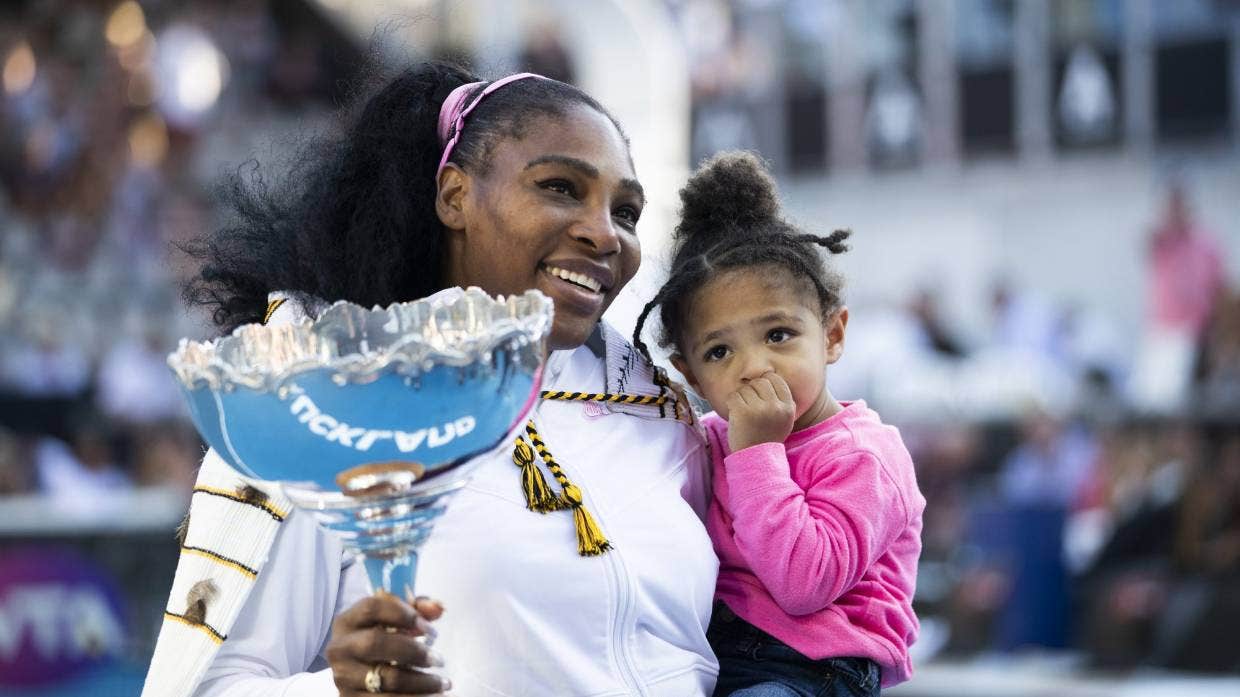Tennis Auckland chairman Simon Vannini believes the region can make it through the year without too much disruption, despite the $1 million lost from no ASB Classic.
The WTA and ATP tournaments each January props up Tennis Auckland and makes it the most powerful of the six tennis regions.
But the cancellation of this summer’s events because of the coronavirus pandemic leaves the region with a massive shortfall.
However, Vannini says Tennis Auckland has enough cash to get through the year.
“We do have reserves and the board has made the decision not to cut any of its existing programmes or activities out in the community,” Vannini said.
“We’re looking to continue to run programmes to boost participation. There was the Love Tennis initiative that Tennis NZ helped drive, which was very successful across Auckland.
“But what this has meant, alongside some other unavoidable costs relating to the cancelled tournaments, means we’re projecting a cash loss of about $500,000 for our year for June 30 next year.
“We would expect in a good year to make about $1 million from the tournament. That does go up and down, but the reality is that without the tournaments we have had to be very prudent with our spending, whilst not looking to cut any of our domestic activities.
“Ultimately, we’re planning for a successful tournament in 2022 and we’ve got the support of our partners, sponsors and others in moving forward with the tournaments in 2022.
“But in the meantime, we have to be prudent around what we’re spending our money on, but still making sure we’re supporting our clubs and tennis activities in Auckland.”
Tennis Auckland had an operating surplus before depreciation of $631,000 for the financial year ending June 30, 2020, which was $4000 more than the previous year.
But between 2015 and 2017 that surplus was over $1 million each year.
According to the latest annual report, Tennis Auckland has $2,848,000 in current assets.
The Tennis Auckland owned Scarbro Tennis Centre, which has 23 courts, including six indoors, is one of the larges tennis facilities in the country.
However, it’s a soulless place which burns through money. When money was coming in from the ASB Classic, that wasn’t such a problem but without the tournaments, every dollar matters.
“Over the last couple of years, we’ve focused very hard on our domestic activities washing their face,” Vannini said.
“Running tennis facilities is a very expensive business and trying to make user pays charges work can be challenging.
“But what we’ve been doing over the last couple of years is trying to be clear that people are playing the appropriate pricing for using our facilities and taking advantage of our programmes.”
Vannini said plans were in place to upgrade Scarbro Tennis Centre, but these have had to be put on ice.
“The key focus of Scarbro is always going to be tennis,” Vannini said.
“What we are going to try to do though is make it more welcoming and a place people want to spend more time in.
“Before Covid hit, we were looking at upgrading the entranceway, having a better cafe and really making it a better place.
“But the capital we were looking to allocate to that isn’t available to us at the moment and that’s probably something we’ll look to push out to next year.”
It’s the same story with the upgrade of the ASB Tennis Arena. A new Yock Stand was opened this year, but rebuilding the Robinson Stand has been put back.
“We’ve pushed it out a year,” Vannini said.
“The goal was to start rebuilding the Robinson Stand in 2021, but we’ve pushed that out to 2022.
“It’s still very much on our radar, we’re still committed to doing it, but it didn’t make sense to try to do that this year.
Tennis Auckland parted ways with Marcus Reynolds as its CEO a few months ago, after two years in the job. Since then it has operated without a CEO.
“The main reason why we didn’t move to replace Marcus was because we were right in the middle of uncertainty around tournaments and what impact that would have,” Vannini said.
“So we thought it made sense in the meantime through me as chair and some other board members to and wait and see what happened with the tournaments and other things.”




